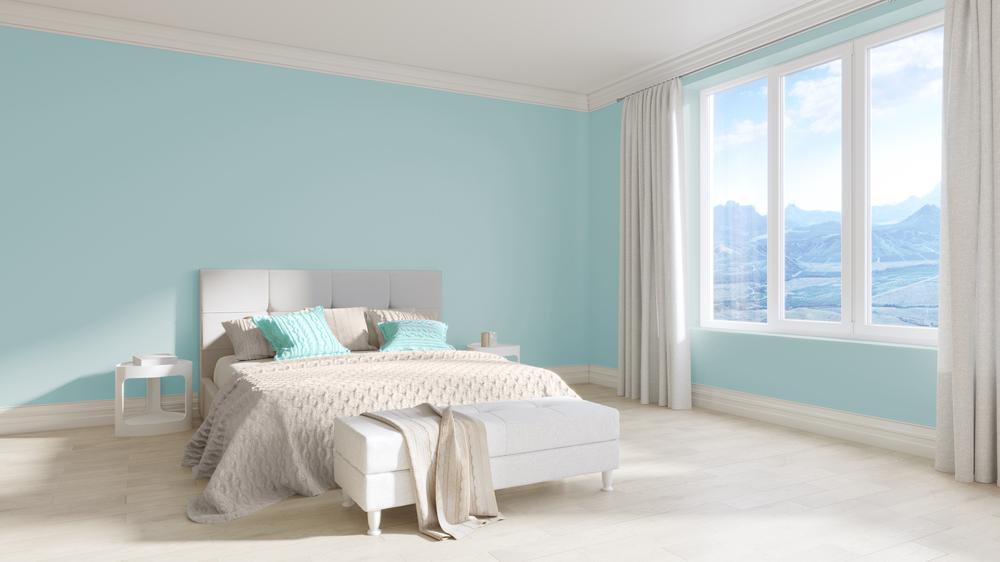Decision making factors for buying mattresses
Choosing the best mattresses to buy often depends on the material out of which the core of the mattress is created. There are four main types of cores that provide support to a mattress, namely latex, foam, air-filled and innerspring. These materials become the foundation for the choice of the mattress and are the main factors that influence the kind of support the mattress shall provide.

One factor that might not seem important, but greatly influences the mattress choice is the weight of the sleeper using the mattress. This should weigh in heavily when picking a mattress. The decision to buy the best mattresses depends on a lot of factors, but the weight of the sleeper is probably one of the most important, yet underrated consideration.
To create the ideal feel and support required by the body, every mattress needs to be configured as per the body weight and type it will be supporting.
The support provided by a mattress, its sinkage, plushness, cooling mechanism and overall feel can be majorly influenced by the body type as well as the body weight.
The thickness of a mattress is another factor that can relate to the type of the mattress as well as the brand and has very little to do with the size. While some mattresses may be smaller in dimension than a regular mattress, the thickness of the mattress is the primary factor that affects the support and comfort levels. Memory foam based queen mattresses have different types, and these types have the same height across all the given sizes. Additional layers can also be added through customizations and accouterments, depending on the form of quilting, foaming, and upholstery that can affect the thickness due to the presence of additional layers.
The position in which a person usually sleeps in also affects the choice of mattress and hence can change your decision of buying a type of mattress over another.
Most people fail to account for their general sleeping style while picking a mattress, thus losing out on crucial back and spine support that a mattress can provide. Each sleeping position, like on the back, side, stomach, etc., calls for a different level of lumbar support, specific spring, and firmness.
For example, side sleepers usually do not remain in the same position throughout the night, and so they need a mattress that has a medium level firmness that falls in the range of 3-6 points out of 10 in terms of the firmness scale.
Plushness and firmness are very important for side sleepers as the mattress needs to be soft enough to move with the contours of the body but at the same time needs to be springy enough to accommodate movements. A soft mattress with a lot of support helps relieve pressure points on the neck and back of side sleepers and helps avoid chronic backs, lower back, shoulder and neck pain.
Back sleepers need support and firmness as top priorities, and a too soft mattress may create pressure points due to a lack of the reciprocating push. A firmness level that falls between the ranges of 4-7 is ideal for back sleepers.
Those who sleep on the stomach should look for a mattress that provides good and solid support. A mattress of firmness between the ranges of 5 to 7 is ideal for stomach sleepers.


